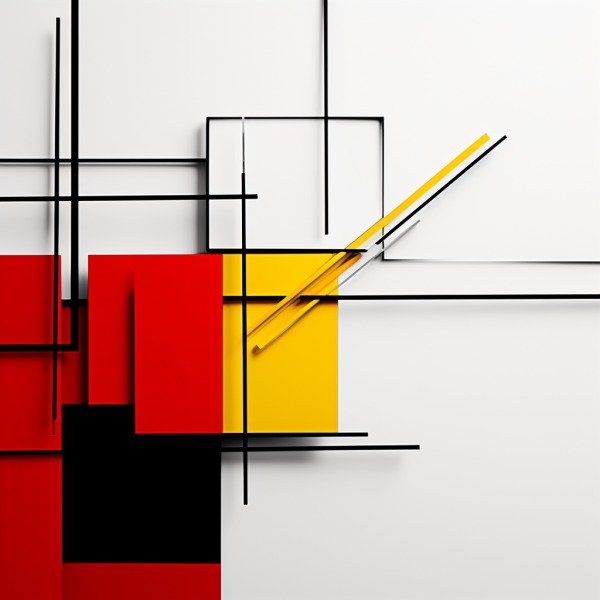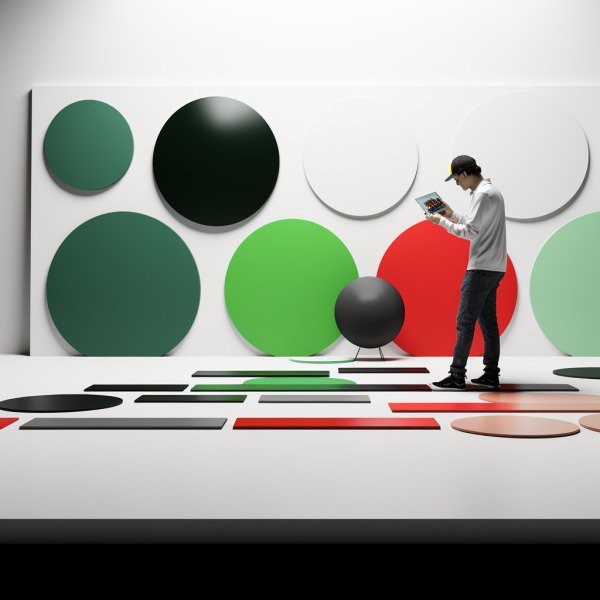Whether you’re starting a career in UX design as a newcomer or you’ve got 10 years of experience under your belt, you’re going to need a UX designer portfolio. It’s the first thing that clients ask for when they meet you. It’s also the link your mom sends to her friends to brag about you. No wonder so many designers become obsessed with perfecting their portfolios!
Portfolios are very important, but they aren’t the be-all and end-all of your professional career. They can become huge time-wasters for those who struggle with perfectionism.
So many freelancers work and re-work their portfolio for months, not noticing that potential clients only spend a few minutes looking it over. While you might see it as a process of constant optimization, non-stop portfolio tinkering has negative effects, too.
If you keep your portfolio as a constant work-in-progress, you end up feeling like you’re a work-in-progress, too.
That’s why, against our strongest instincts, it’s vital to focus on the most important elements of your UX designer portfolio and stop fiddling with the minutiae.
The purpose of a designer’s portfolio
To keep the process of portfolio-making stays as simple as possible, you have to stay focused on the purpose of a designer’s portfolio.
Most professionals think the purpose of a portfolio is to give someone a chance to see your work, but that’s an oversimplification. After all, what is it about your work that speaks to your professional value?
The true purpose of your portfolio is to show how you think and how you execute those thoughts.

It’s easy to get carried away brainstorming cool ideas and graphics, but don’t let the essentials get lost in the excitement.
Everyone wants to make a unique, attention-grabbing UX designer portfolio, but some designers go so wild on the design that clients never reach the meat-and-potatoes of their portfolio at all.
The main things clients need to see are the business transformations you’ve made for previous clients.
What exactly does a design transformation look like in a UX designer portfolio? It looks like a case study.
Once your work is showcased in a case study, clients will find it easy to imagine the kind of work you do – and the new heights you could take their business to.
The most important element of a UX designer portfolio is a case study
You only really need one good case study in your portfolio. Seriously.
One informative, illustrative case study that’s relevant to and directed at your ideal client is all you need to show off your professional skills.
*Record scratch* “What!? But that goes against everything I’ve been taught about landing a design job! CVs and resumes are supposed to outline all of your professional experience. Shouldn’t that go for UX designer portfolios, too?”
It might seem counterintuitive to reduce the amount of work showcased in your portfolio, but look at it from a client’s perspective:
They’re sifting through dozens of UX designer portfolios. In every portfolio, they see a gallery of clipped screenshots and have to guess which one is most similar to their project. They click through a few pictures of your design work, never finding the explanation of the strategy used or the problem you solved.

You can target the type of projects or clients you want to work with using just one good case study in your UX designer portfolio. Once you define who you want to work with, showcase the most relevant case study in your portfolio and your work will sell itself.
This is where choosing a niche as a freelance designer comes in handy. Your niche can be the problem that you’re best at solving. You can be an expert at getting start-ups ready for the market or increasing visitor engagement on mobile apps. You don’t have to cut your expertise down to a specific industry.
Once you know where your expertise lies, you can demonstrate it by showing the transformations you’ve created for past clients – in the form of a case study.
There’s a reason we love the before-and-after pictures of weight loss journeys. We can see the impact made by the work that was done. It’s clear to see – and it sells itself.
Your case study doesn’t have to become a white paper. Case studies show how you got to the end solution. Show the client what the project looked like before, what you created, and how you got there. Even in a simple structure, you’ll prove your value to potential clients when they can see the full picture of a project.
Other top elements of UX designer portfolios
As a UX designer, you already know that even the smallest elements of a website can influence a user’s behavior. One great case study will illustrate your value as a professional, but there are so many more chances to ensure that potential clients are connecting with you.
Portfolios, like all websites, are marketing tools. They should be designed as a marketing asset would: giving people value, collecting their information, presenting a clear call of action, and following up with an email.
Incorporating these elements into your UX designer portfolio gives you an even higher chance of success:
- Call to action. Potential clients are going to scroll your portfolio just like any other website. Stop that scrolling and direct clients right where you want them: on a phone call with you! Create a link to book a call so it’s quick and easy.
- Contact details. If you want to optimize your UX design portfolio, don’t stick with a typical contact page. Make it as easy as possible to get in touch with you by adding a contact button or form on the front page or right after a strong selling point.
- Videos. Not every creative professional is a copywriter, but you still need to explain your professional thought processes. Videos are a really handy tool for portfolios, and they’re easy to create with tools like Loom. After all, there’s more than one way to deliver a message! If you don’t like being on camera, you can share your screen and take watchers on a journey through your work.
After adding these conversion-focused elements, your portfolio will be like a honey pot waiting for a fly. 🍯
If you still feel your portfolio is inadequate, concentrate on getting sales. Once you land more clients and make more sales, you’ll feel more confident in the work you do and it’ll get better from there. If you don’t have a design community to lean on, join one! You’ll be able to hear stories about other designers’ struggles and get direct advice from fellow professionals.
Great examples of UX designer portfolios
You know what your portfolio needs now. You’re ready to show your value as a designer. Before you rush to start building your professional platform, why not take in some inspiration from these hand-picked UX designer portfolio examples?

Ana Flašker is a Barcelona-based freelance UX & UI designer from Slovenia. She chose a simplified layout for her portfolio yet doesn’t sacrifice a drop of personality. She gets right to the point she wants to make when she follows up with the details of her case studies.

Iryna Melnykov is a San Jose-based UX/UI designer whose dream is to work on projects that make the world a better place. The colors and quirks of her portfolio show off her style without complicating the important information clients came to see, such as the case study featured right after her header!

Melanie Daveid is a UX Designer and Art Director from Austria living in Berlin. She created some intricate graphics for her portfolio that show off her design skills but gets straight to the point when explaining her approach to UX design.

Jenny Shen is an award-winning UX consultant and strategist. Following her header, she jumps right into explaining her specialties and finishes with a great CTA! Her case studies are also easily-located in her main menu.
Here’s what all of these UX designer portfolio examples have in common: they’re all demonstrating a clear ability to think like a UX designer.
They’re employing the very UX design techniques that they’d use in client work to draw attention to their most important selling points. If you’re still having trouble setting up your portfolio, why not ask a fellow designer to take a look and give you tips? Your design community is waiting for you!



